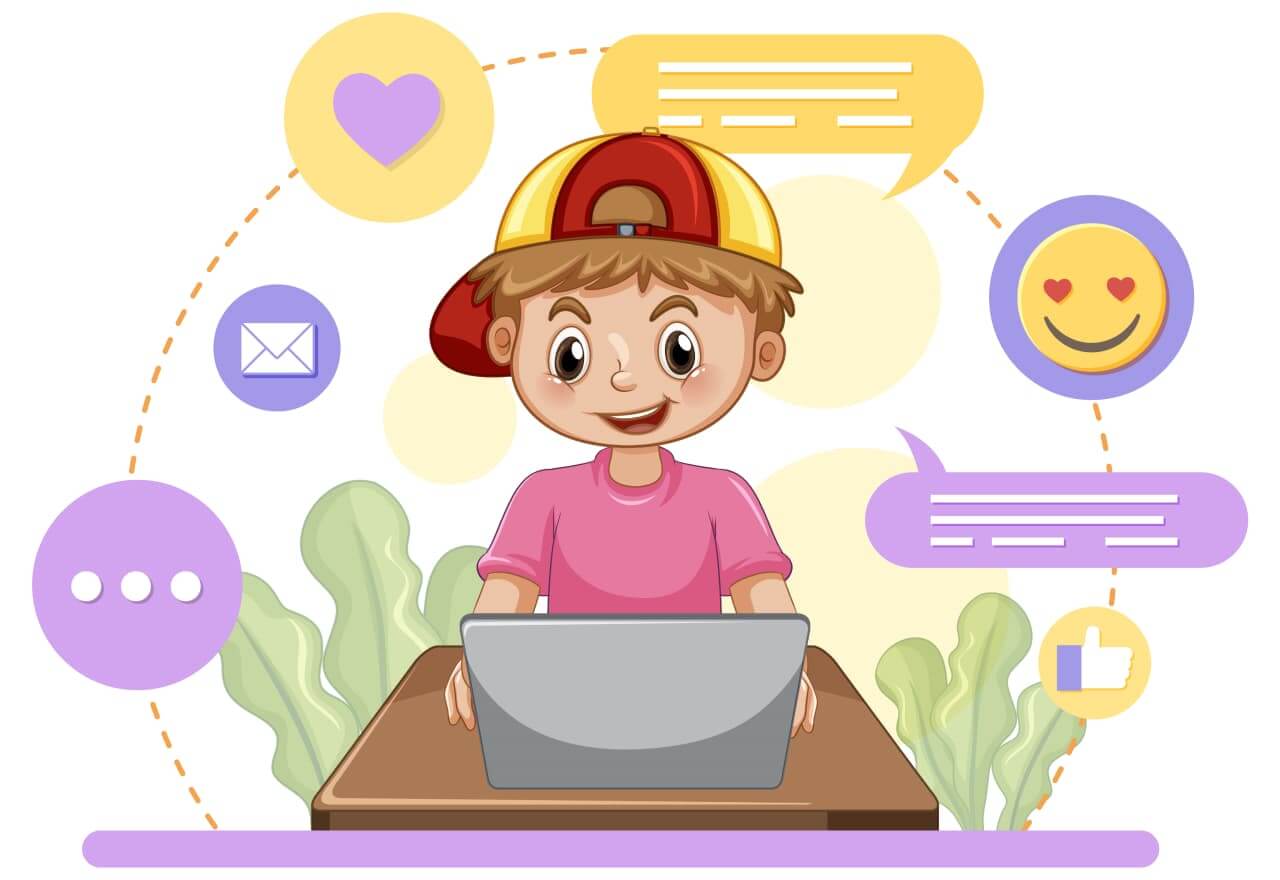
In today’s digital age, learning to code isn’t just for adults—it’s a fantastic opportunity for kids to develop problem-solving skills and creativity from an early age. But where should young beginners start? The world of programming languages can seem overwhelming, but there are several kid-friendly options designed to make learning fun and engaging. These languages are specifically tailored to be intuitive and accessible for children, helping them grasp fundamental coding concepts without feeling overwhelmed.
At The Young Maker, we believe in nurturing young minds with the power of technology. Our coding and robotics classes are crafted to spark curiosity and build foundational skills in a supportive environment. By exploring languages that are both educational and entertaining, kids can embark on their coding journey with confidence and excitement.
Teaching kids programming opens doors to a world of possibilities, fostering essential skills that go beyond the basics of coding. At its core, programming teaches problem-solving and critical thinking. As children learn to write code, they engage in logical reasoning and develop the ability to break down complex problems into manageable steps. These skills are transferable to various aspects of life, enhancing their academic performance and preparing them for future careers in technology and other fields.
Moreover, learning programming at a young age boosts creativity and encourages perseverance. Kids are not just learning how to use technology; they are creating it. This process cultivates an innovative mindset, enabling them to build projects from scratch and experiment with their ideas. By tackling coding challenges, children also learn resilience, as they often need to debug and refine their work. This combination of creativity and determination lays a strong foundation for lifelong learning and adaptability in an ever-evolving digital world.
Selecting the best programming language for kids involves understanding several key criteria to ensure that the learning experience is both enjoyable and educational. Kid-friendly programming languages are designed to simplify the learning process, making it accessible and engaging for young learners. Here are the essential criteria to consider when evaluating programming languages for children:
When introducing kids to programming, choosing the right language can make all the difference in their learning journey. Some programming languages are specifically designed to be accessible and engaging for young learners, helping them develop coding skills in a fun and supportive environment. Here’s a look at some of the top kid-friendly programming languages that can inspire and educate the next generation of coders.
Scratch is a visual programming language developed by MIT that uses a drag-and-drop interface to teach coding concepts. Instead of writing code, kids can snap together blocks that represent different commands, creating animations, games, and interactive stories. This approach simplifies the coding process and allows children to focus on understanding programming logic and creativity rather than syntax. Scratch is highly regarded for its vibrant community and extensive online resources, which provide endless opportunities for learning and inspiration.
Python is renowned for its clear and readable syntax, making it an excellent choice for older kids who are ready to transition from visual programming to text-based coding. Its straightforward syntax is designed to be intuitive and beginner-friendly, allowing kids to focus on learning programming concepts rather than getting bogged down by complex language rules. Python’s versatility means that kids can use it for a wide range of projects, from simple games to more advanced applications, providing a solid foundation for future programming endeavors.
Blockly, developed by Google, is another visual programming language that uses interlocking blocks to represent coding commands. It is similar to Scratch but offers a different interface and additional features that can be appealing to kids. Blockly is designed to be a flexible tool for learning programming concepts through hands-on experimentation. It can be integrated into various educational platforms and apps, making it a versatile choice for engaging students in coding activities while introducing them to fundamental programming principles.
Kodu Game Lab is a visual programming language developed by Microsoft specifically for creating games. It uses a simple, icon-based interface that allows kids to design and build their own games without needing to understand complex coding concepts. Kodu encourages creative thinking and problem-solving as children develop interactive worlds and game mechanics. The hands-on nature of game development in Kodu helps kids apply programming concepts in a tangible and rewarding way, making it an excellent choice for those interested in game design.
As we explore the world of kid-friendly programming languages, it’s clear that early exposure to coding can open up a world of opportunities for young learners. These languages are designed to be engaging, educational, and accessible, providing a strong foundation for future skills in technology and problem-solving. At The Young Maker, we are dedicated to fostering this learning journey by offering specialized coding and robotics classes tailored for children. Our programs are crafted to inspire creativity, enhance critical thinking, and make learning programming a fun and rewarding experience. For more information about our classes and to get in touch with us, we invite you to visit our website and explore how we can support your child’s coding adventure.